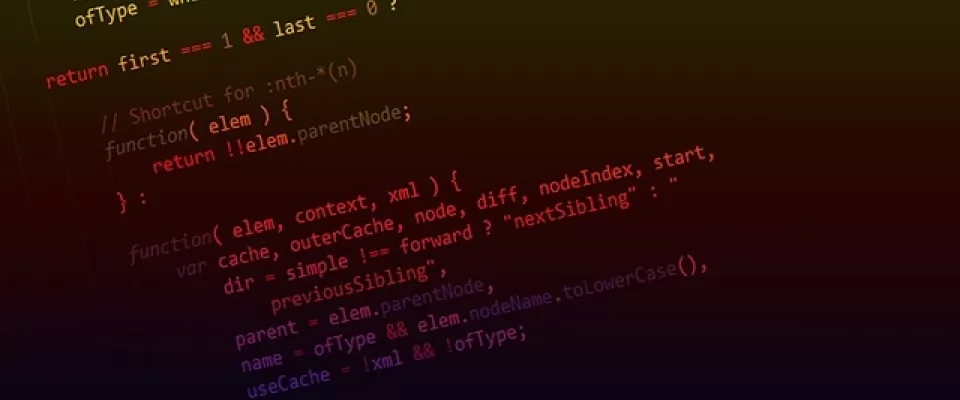The arrival of ES6 brought us, among many other news, the spread syntax, which, as you will already know, allows us to save a few lines of code and improve legibility.
Specifically, this syntax allows us to destructure the parameters that we pass to a function so that our code goes from:
function foo(data) {
const id = data.id
const title = data.name
// more...
}
to
function foo({id, title}) {
//more
}
But also thanks to the operator spread ... , we can expand (unwrap) objects in order to perform operations such as:
const obj1 = {a: 1, b: 2};
const obj2 = {...obj1, c: 3};
// obj2 = {a: 1, b: 2, c: 3};
However, another implementations of this syntax is to create objects with certain properties dependent on a condition, which is what I wanted to talk about in this article.
For example, if we have the following code:
const obj1 = {a: 1, b: 2};
if (condition) {
ob1.c = 3;
}
if (otherCondition) {
obj.d = 4;
}const obj1 = {a: 1, b: 2};
if (condition) {
ob1.c = 3;
}
if (otherCondition) {
obj.d = 4;
}
By using the spread syntax we can transform it into the following, much more readable:
const obj1 = {
a: 1,
b: 2,
...(condition ? {c:3} : {}),
...(otherCondition ? {c:4} : {})
};
This is possible because the operator only acts if the condition is true. Remember that if you are going to use this way of creating objects, 0 evaluates to false so you should perform a strict check.
As you can see, using this operator allows us to improve our code a lot and get rid of those annoying ifs we had to add if we wanted to achieve something similar.

